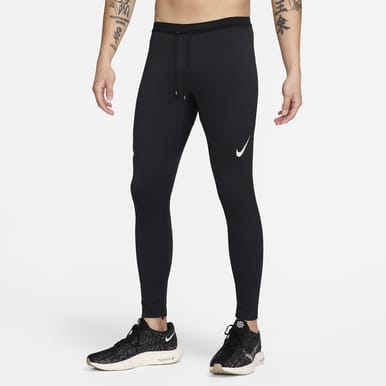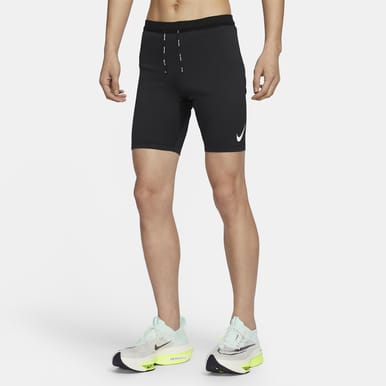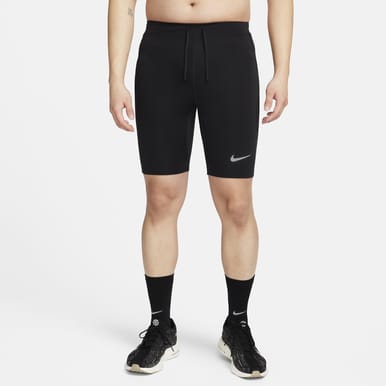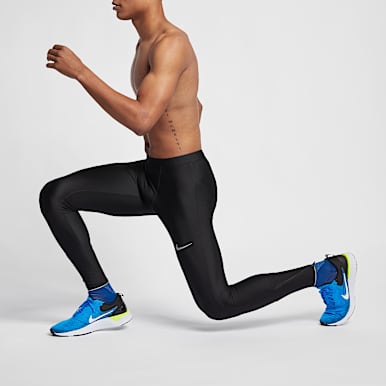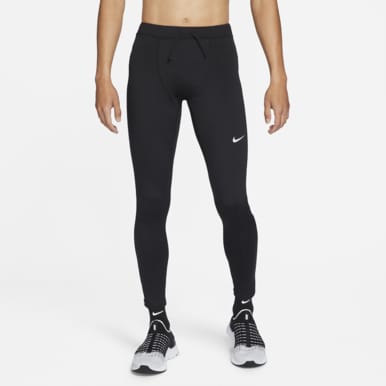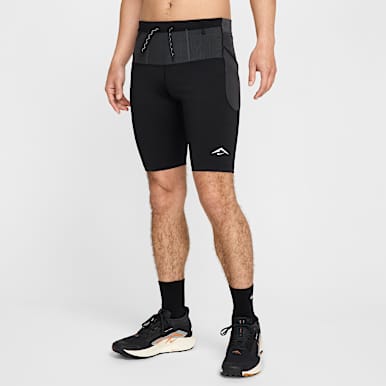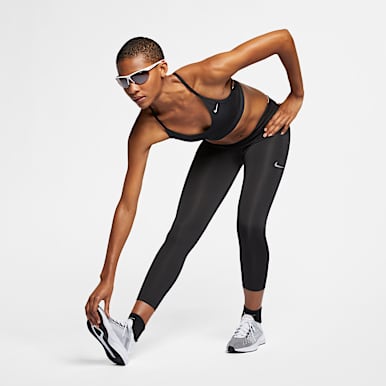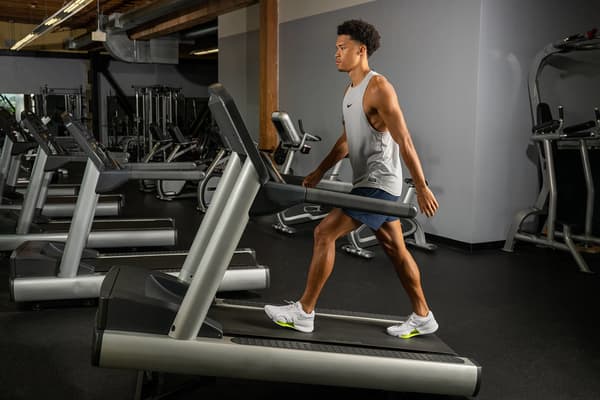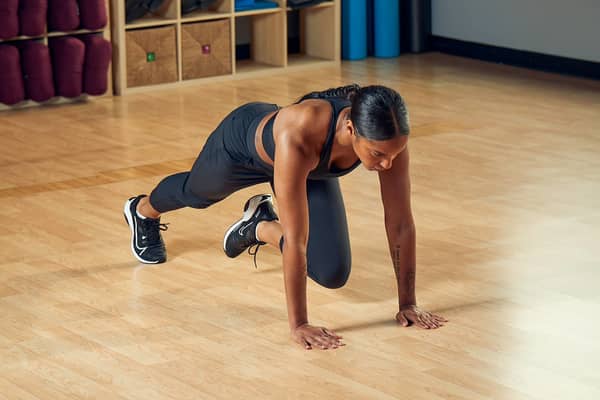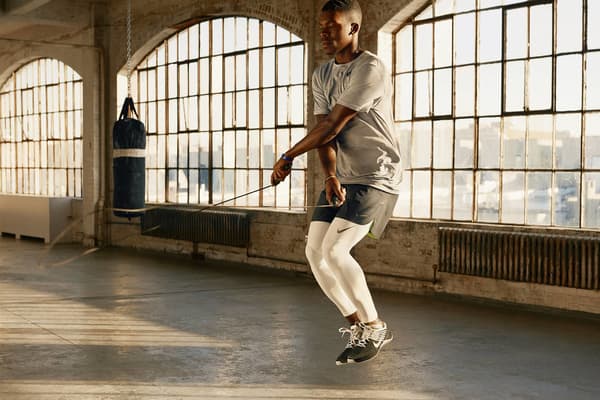How to Get Faster at Sprinting, According to Experts
Sports & Activity
Here’s how to get better at sprinting and max out your speed safely.
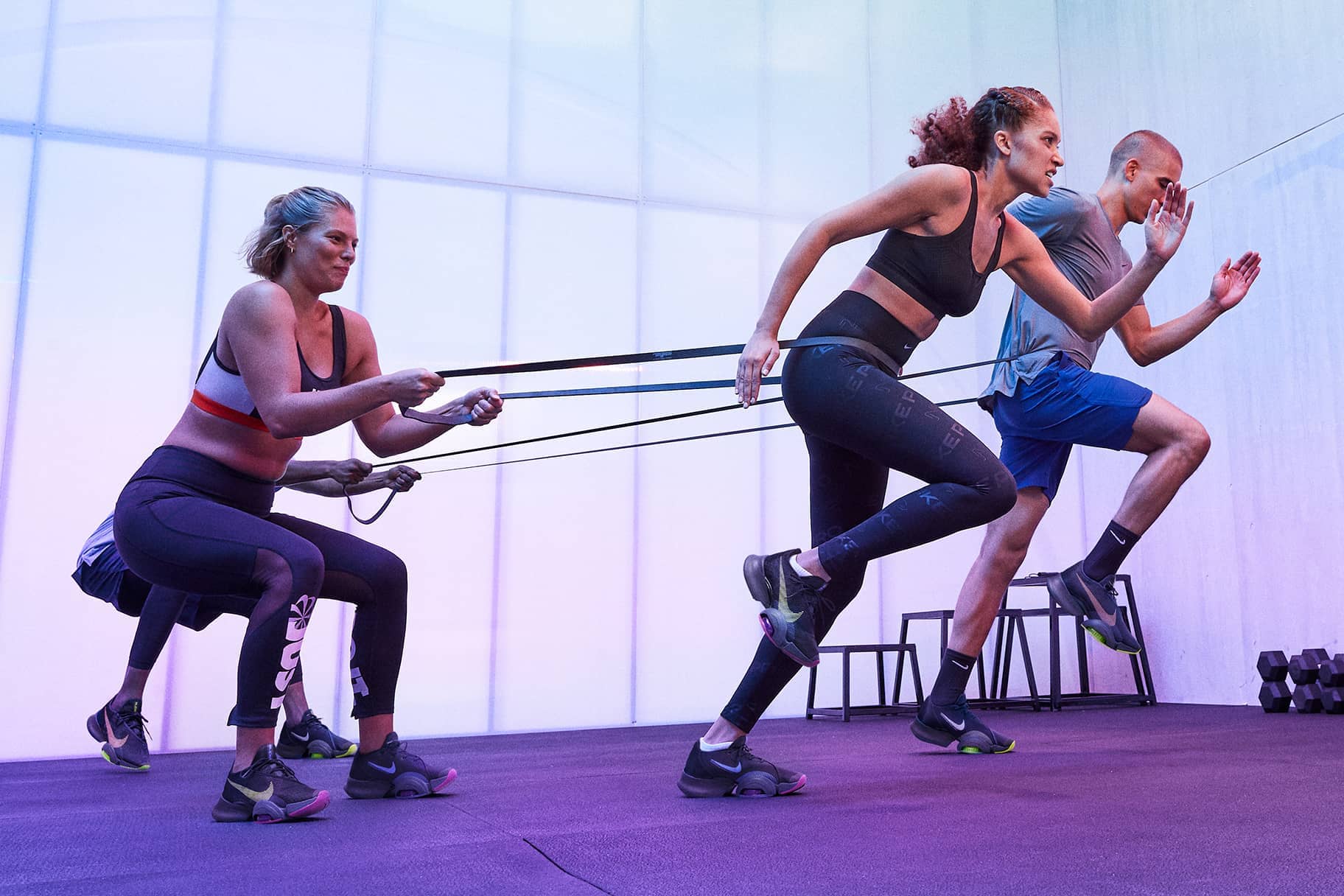
There’s more to sprinting than running fast. With the right form, technique and practice, you can really soar. Below, check out expert-backed tips on how to get better at sprinting.
(Related: These Are the Six Best Ways to Recover After You Run)
How to Sprint Properly
A proper sprint form looks a little different for everyone. That said, Amie Dworecki, USATF and RRCA Level I and II certified run coach, outlines the basics to help you to nail your optimal form.
- Run tall with your head, neck, and shoulders in line with your hips.
- Move your arms front-to-back; don’t let them cross your torso.
- Keep your elbows bent 90 degrees.
- Let your feet land directly beneath you; don’t try to step too far forward.
- Run with a high knee lift.
- Land on the ball of your foot, as opposed to your toes.
Because of the intensity required for sprint workouts, efforts tend to be short (and powerful) with longer rest periods in between sets than other types of workouts. To build power, sprint five to 10 seconds with 20-30 seconds of rest in between sets, Dworecki says. If you’re new to sprinting, consider starting out with two to three, then, progress to five to six sets. You can continue to add on more sets as you build strength and stamina.
When sprinting, aim for an effort level of 90 percent, “Going all-out can lead to muscle failure, or you may fatigue too early to complete the workout,” Dworecki says. If you’re new to sprinting, you may want to start at a slightly lower intensity (like 80 percent).
How to Do Sprints on a Treadmill
Many of the tips about form for sprinting outdoors can translate to sprinting on a treadmill. However, you may need to adjust your form a bit to accommodate the machine.
“Usually, runners subconsciously shorten their stride length or increase their turnover rate to account for belt speed variation [on the treadmill],” says Briana Williams, CPT, USATF-certified run coach in New York City.
RELATED: Elliptical, Treadmill, or Running Outside — Which One Is Best?
She recommends running on a manual treadmill rather than a motorized one, if you can. With a manual treadmill, you power the belt. This offers an experience that’s closer to sprinting outdoors.
If your only option is a motorized treadmill, be aware that your stride length may shorten a bit. This isn’t necessarily a bad thing — it may even lower your odds of overstriding — but it may feel different.
Dworecki recommends starting with fewer intervals than you normally do outdoors to see how your body responds. Also, take care not to sprint too close to the front of the treadmill, as you may accidentally punch the display or handles with your arms, she adds.
How to Get Stronger at Sprinting
The best way to improve your sprinting technique is to, you guessed it, sprint. That said, certain running drills and exercises can help you build the skills that bolster your efforts to reach top speed.
One of Williams’ favorite drills for improving sprint technique is sled sprints. This move teaches you how to produce greater horizontal force during the initial acceleration phase of a sprint, which comes right after you push off the ground to start sprinting. During the acceleration phase, your body gradually straightens as your strides lengthen, notes the National Strength and Conditioning Association.

Sled Sprints
You’ll need a speed or prowler sled to do this move (many gyms have these). If you don’t have access to one, get creative with DIY options. Essentially, you need to hook yourself to a heavy object or sled via a harness. You’ll run all-out while dragging that heavy object or sled behind you. Start lighter and add weight as you get used to the drill.
If you can’t find a solution, loop a resistance band around your waist and have a partner hold onto it behind you. Drag that person behind you while you sprint. Start with a few rounds of 20-meter sprints.
Williams adds that sled pushes are another great way to improve your sprint technique.
Essentially, this requires loading a sled with weight and pushing it across the floor. Depending on how much weight you add to the sled, this move can enhance both speed and power. Though if a sled isn’t available in your gym, using a treadmill to execute pushes is an effective alternative.
To do treadmill pushes, set the treadmill to 1 mph and and make sure the incline setting is set to zero percent. Hold onto the handrails (or the console) and begin moving the tread belt manually with your feet so the belt moves. Pro Tip: You should feel this in your calves!

Hill Repeats
If you don’t have access to a gym or sled, or just want to mix up your runs outside of the track, consider incorporating hill repeats into your training routine. Running, skipping, or bounding uphill builds the leg drive and strength needed to sprint well, Dworecki says.
New to hill repeats? Dworecki recommends starting with just a few sets on a fairly steep incline. You can run up the hill or try skipping or bounding. If you still feel fresh after those initial sets, feel free to add more but be careful to ease into these types of workouts.
Drills for Sprints
“I'm a big proponent of the A-Series drills (A-Walk, A-March, A-Skip, and A-Switch) and alternating bounds. The A-Series drills train and improve sprinting technique while alternating bounds train the elastic qualities necessary to sprint efficiently,” says Williams.
She adds that holding a dowel above your head during any one of the A-Series drills can further promote proper running posture. These drills can be incorporated as either a warmup or included in a training session. Here’s what Williams suggests:
- As warm-up: three to six sets of 10-20 meters (total). Suggested Rest: at least one and a half minutes.
- As a part of a training session: two sets of 20 meters (per variation). Suggested Rest: at least two minutes.
"In a training session, it's important to note if a runner starts seeing a breakdown in their technique — they should either extend their rest periods or end the session,” she says. “High intensity should be the goal for these drills. Intent is everything.”
The Best Warm-Up for Sprinting
Because sprints are an intense cardio workout, it’s essential to properly prepare your muscles to run with power.
“Injury risk increases as intensity increases, so taking the time to go through a complete warm-up is very important,” says Williams. Warming up for 10-15 minutes will get your body temperature up, boost blood flow, and tell your nervous system to get ready to work.
An effective warm-up routine for sprinting can include:
- Dynamic stretches: Dynamic stretches often mimic the movement of the activity you’re about to do. This helps get your muscles and joints ready for sprints and can help you run faster. A 2012 study published in the Journal of Strength and Conditioning Research found that athletes who warmed up with one to two sets of dynamic stretches (walking high knees, walking toy soldiers, hurdler’s walk, butt kicks and tip-toe walking) saw improved 20-meter sprint times.
- Plyometric drills: Exercises like bounding and skipping prime your muscles for the power and speed needed during sprints.
“These highly integrative moves target the hips, hamstrings, quadriceps, thoracic spine, and obliques to give runners more bang for their buck,” she says. Do each drill for two sets of 30-40 seconds.
Three Movements To do Before Sprinting
1.World’s Greatest Stretch
- Begin in a push-up plank position with your hands directly under your shoulders.
- Step your left foot up to the outside of your left hand.
- Rotate your torso to extend your left arm overhead, reaching your fingertips toward the ceiling. Follow your hand with your gaze.
- Reverse the movement to return to plank.
- Repeat on the opposite side.
- Continue alternating sides for 30-40 seconds.
2.Hamstring Sweep
- While standing, extend your right leg straight several inches in front of you and plant your heel on the ground. Flex your foot to lift your toes off the floor.
- Bend your left knee and sit back into your hips.
- Lower your torso and sweep both hands forward across the ground (or as close to the ground as you can).
- Straighten your torso and step your right foot back to meet your left.
- Repeat.
- Continue for 30-40 seconds before switching sides.
3.Quad Stretch With Reach
- From standing, bend your left knee so that your foot is behind you and bring your left heel to your glute. Grab hold of your left foot with your left hand. Your left knee should point toward the floor; don’t let it drift outward.
- Extend your right arm overhead.
- Slowly lower your torso toward the floor. As you do, reach forward with your right hand and gently pull your left heel even closer to your glute.
- Continue until your torso is parallel with the floor. Make sure your knee doesn’t drift outward.
- Return to standing and repeat.
- Continue for 30-40 seconds before switching sides.
For more expert-backed tips, be sure to download the Nike Run Club!

Nike Run Club
Listen to the Guided Runs in the Nike Run Club App and run with some of the best coaches and athletes, like Eliud Kipchoge, Shalane Flanagan, and Mo Farah. Our Guided Runs give you the guidance you need to listen to your body, adapt to your training plan, and become your own best coach.











